Graphic novel definition
Graphic novel is an evolving term with no strict meaning. Simply put, is a novel conveyed in pictures. It is referred to as a kind of comic book that narrates long and complex stories intended for mature readers.
The term graphic novel employs a broad sense that encompasses both non-fiction works and fictional stories.
Graphic novel facts
What makes a graphic novel different from a traditional comic book? Here are helpful details that can help you distinguish them.
• Graphic novels possess certain characteristics that discern it from the typical comic book.
• Graphic novels are sometimes referred to as long comic books and or illustrated novels.
• Graphic novels have longer narratives compared to the 22-24 paged comic books.
• A graphic novel features a complete story from start to end contrary to the traditional cliffhanger endings of custom comic books. However, it could also be part of a series.
• There are 6 types of graphic novels; superhero stories, human interest story, manga, adaptations or spin offs, satire, and non-fiction.
• Graphic novels are abbreviated as GN (graphic novel, to indicate that the title is not a periodical) and OGN (original graphic novel, to point out that the graphic novel is entirely a new story).
• Graphic novels are bound in a longer and more durable format compared to that of a typical comic magazine but use the same materials and methods.
• Graphic novels are square bound with card stock covers; some may come in hard covered volumes.
• Graphic novels tell their stories using sequential art with the use of either experimental or traditional comics design.
• Graphic novels have higher production values and are generally sold in bookstores and specialty comic book shop rather than at newsstands.
• A graphic novel is published in independent schedules.
• Graphic novels are more academically accepted compared to comic books. They can be used as literary references.
Graphic novel history
Because a graphic novel’s description is often debatable, its origins are open to interpretation.
The dawn of comic books traces back a long tradition of collecting comic strips into a book form. These longer forms of comic books are not considered as graphic novels but they are known to be the early steps that helped in their development.
In 1978, Will Eisner published A Contract with God and other Testament Stories graphic novel, a mature and complex work that focuses on the lives of ordinary people in the real world.
Eisner labeled his book “graphic novel” to distinguish it from traditional comic books, thus popularizing the term. Since its usage, the moniker has been applied to various works to make it fit for modern use.


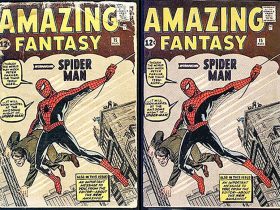

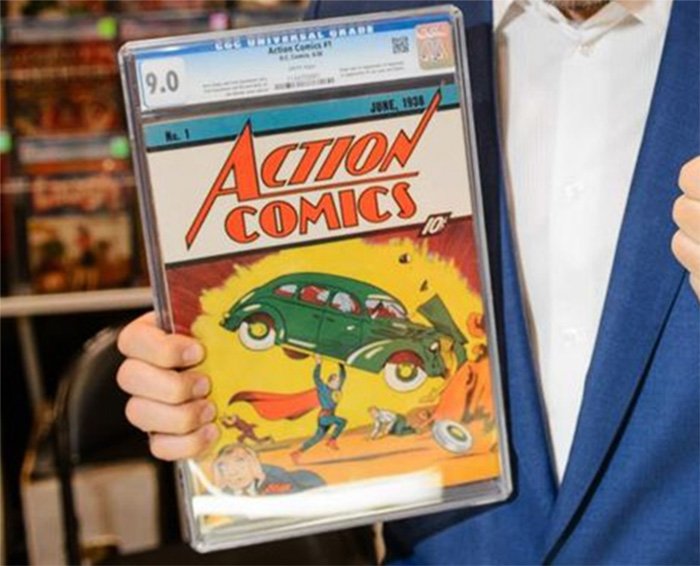
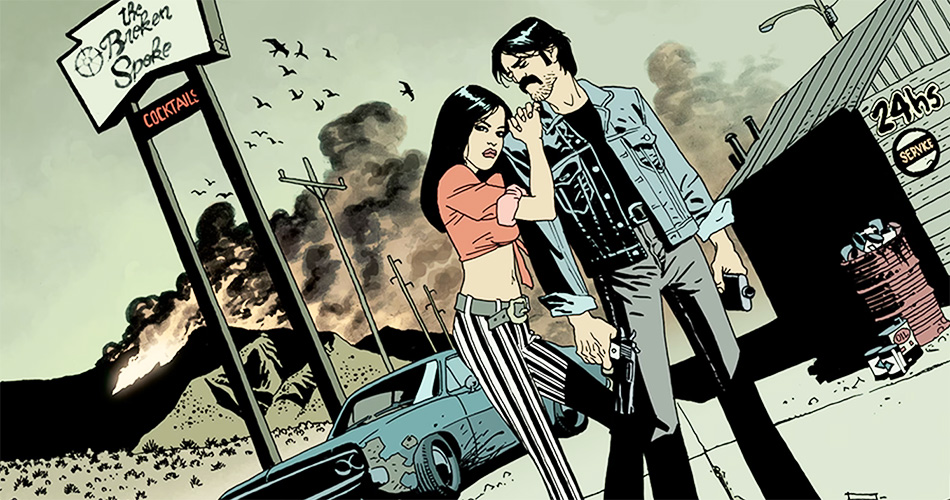
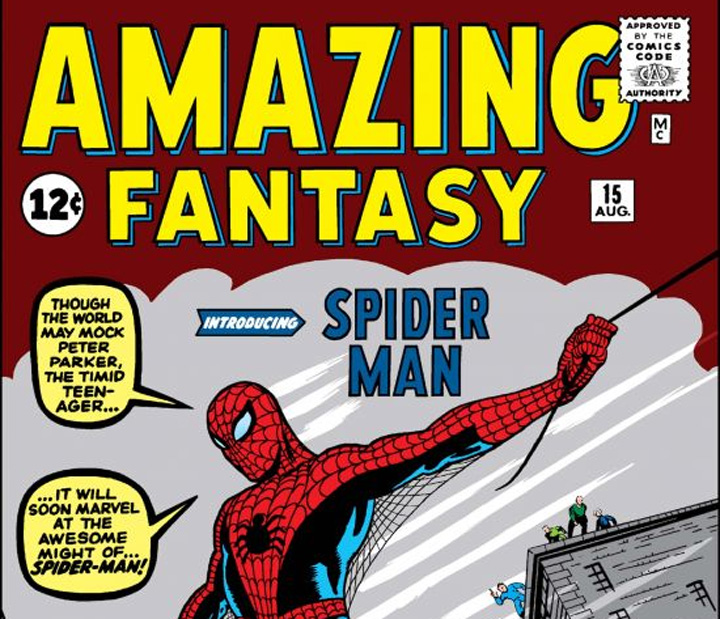



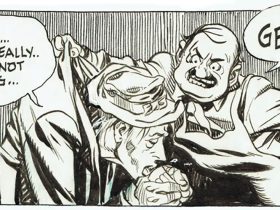
Leave a Reply